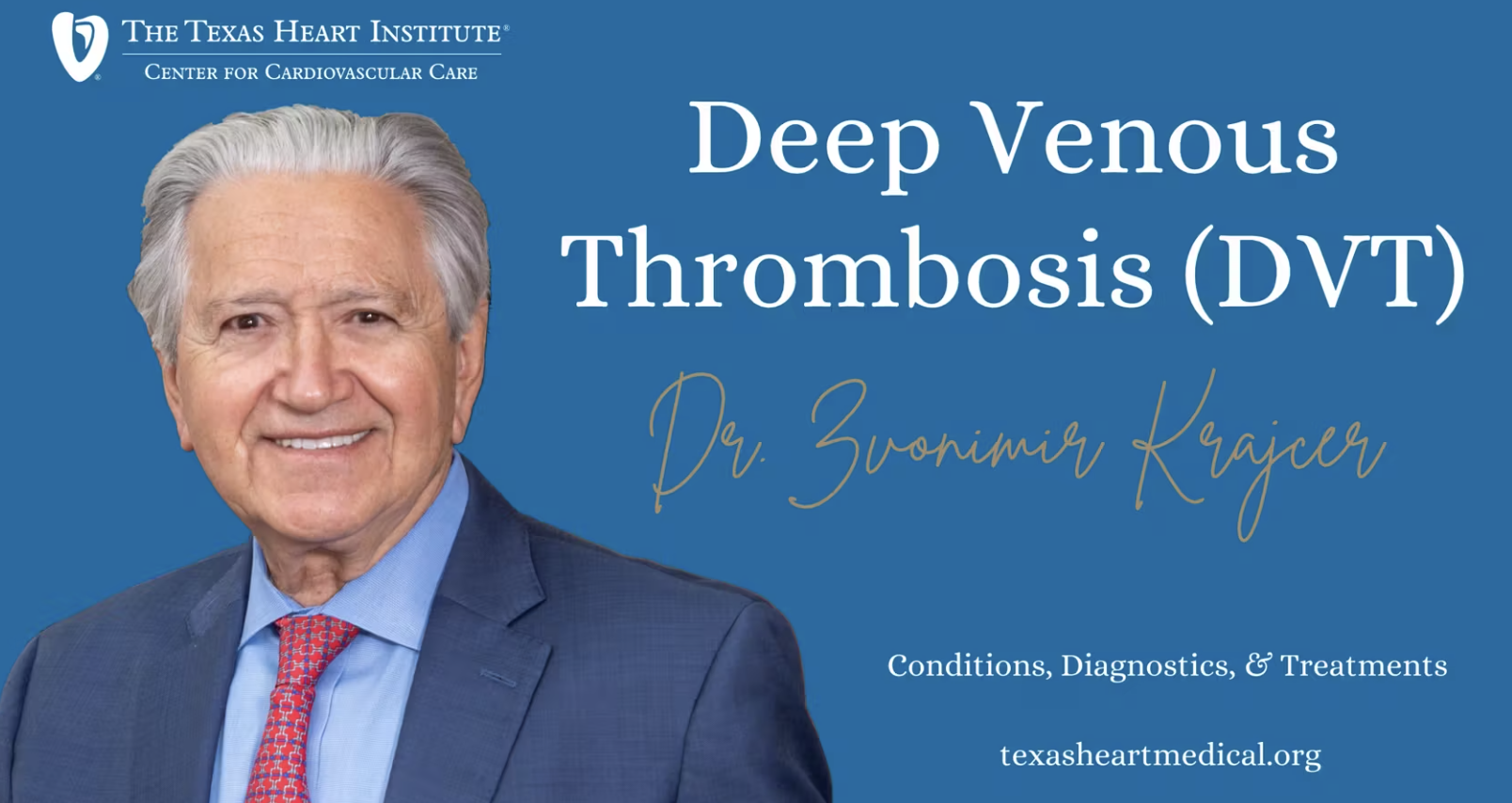Deep Vein Thrombosis (DVT)
Deep vein thrombosis (DVT) occurs when a blood clot forms in a deep vein, usually in the leg. It usually results from slow blood flow in the leg, caused by a lack of physical activity (such as prolonged sitting on an airplane flight) or by diseases such as heart disease and diabetes. Any condition that makes a person prone to blood clots can also increase your risk of DVT.
DVT is a serious illness because the clot can potentially break loose from the leg vein and travel up into the lungs, where it can block blood flow. This condition is called pulmonary embolism.
How do I know I have deep vein thrombosis, and how do I get it diagnosed?
The typical signs of DVT are seen in the calf or ankle of the affected leg. They include swelling, redness, tenderness, and warmth. Another sign is pain, especially when you raise your foot upward.
Tests for DVT include: blood test for D-dimer and ultrasonography for measuring the blood pressure in your leg and imaging the affected vein. Other imagining tests are magnetic resonance imaging (MRI), computed tomography (CT), or x-rays (not often used).
How is deep vein thrombosis treated?
The main treatments for DVT are anticoagulants (blood thinners) and thrombolytics (“clot-busting” medications) unless contraindicated depending on each case. You will start the treatment while you are in the hospital, and you will continue taking the medication after you leave the hospital. Ambulation and compression stockings are recommended. Follow-up and instructions will be given by the doctor according to your individual condition.
What can I do to avoid deep vein thrombosis while traveling?
Prolonged sitting can increase your risk of DVT. During long drives or airplane flights, get up and walk around every to 2 to 3 hours, and then walk briskly for a while after you arrive at your destination. You can also flex your hip and leg muscles and your ankles while you are sitting. Staying hydrated by drinking water and avoiding caffeine and alcohol prevents your blood from thickening and thus reduces your risk of clots.

